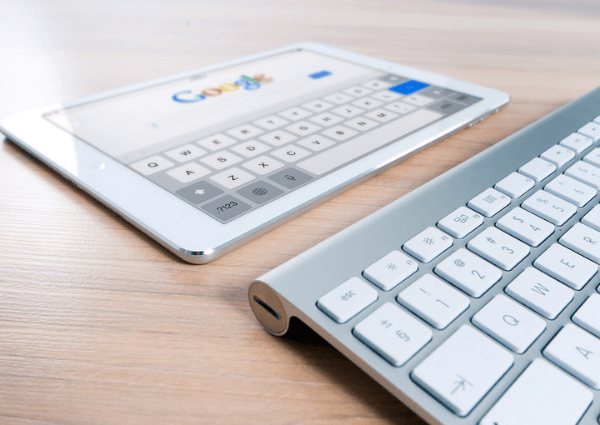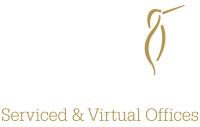
A new world vocabulary or old words rehashed?
November 11, 2021
5 ways to end the year on a high with solid communications
December 21, 2021Hybrid workplace: The dynamic working environment
Working Behaviours
Since lockdown there has been much talk about working behaviours especially relating to the advantages as well as the disadvantages. Prior to 2020 this was much simpler with one common solution defined as working from a centralised location. Commuting to work via various modes of transport, outlaying money on travel and adding extra time on an already long day were considered the norm.But when the government introduced the work from home message this all dramatically changed with businesses big and small forced into overhauling processes. Many excelled quickly adapting to digital technologies whilst others were slower, unprepared for staff to work outside of a physical head office. This change in environment caused a lot of operational disruption.
Staff feared for their security, finding themselves embroiled within a twisted reality not knowing if the company was strong enough to survive and if made unemployed where could they source their next job.
A lot of this fear was in essence false, not only were companies collapsing they were also growing meaning work was available just in a less traditional format. This gave life to a new style of working, enabling staff to push away the boundaries creating opportunities to apply for jobs in different areas, cities and even countries.
Linkedin Job Search
In the past those seeking employment would typically source their next role via an agent who were hired to find suitable candidates based in a specific location. The agent was effectively the gatekeeper in charge of passing on details to their clients. In 2003 this all changed as social media and in particular LinkedIn became the go to place for workers and companies to connect directly. This gave businesses the chance to translate their offerings in a more personal manner, something which job seekers found to be very attractive.In October 2021, LinkedIn officially recognised this paradigm shift by introducing work mode filters dedicated to onsite, remote and hybrid options. Now job seekers can select their preferred choice returning with roles which fit the criteria. A change befitting workers expectations in their quest to find the best role regardless of where they are situated.
Top talent
Not only is this change good news for future employees it also means that companies on the hunt for talented individuals are no longer confined to any specific location. Instead, it opens virtual doors to sourcing a completely different set of candidates spanning across the nation.By casting a wider net and advertising their intentions, companies can continue modernising their operations utilising digital capabilities to reduce costs bringing their business strategies in line with the 21st century. Plus, this improved attitude helps to extend the satisfaction of workers by offering environmental benefits which in turn equals happy workers. Experienced individuals who may have considered stepping out on their own purely looking for flexibility can now source employment securing better rates of pay and benefits such as paid holidays and private health insurance.
So, where should this new breed of employees conduct their work?
One option is obvious, working from home either full time or in combination with centralised office space. This may seem like a simple compromise, however since lockdown office rents have dramatically increased and according to experts working at home is no longer deemed good for health. Concerns relate to loneliness, lack of concentration, extended burn out due to over working and a general downturn in mental health conditions.This is a cruel twist of fate for companies who having taken advantage of new working practices only to discover that being at home is perhaps not conducive to healthy working conditions. The pendulum has swung from one extreme to another resting upon no commuting, too much flexibility and housing employees in isolated conditions away from collaborating with colleagues.
This is why a hybrid mentality is so important as it can offer the best of both worlds fixing the issues and drawing staff members into a harmonious balance. Plus, by following this new working initiative executives arrive at an even better solution of utilising flexible office space. One which fits in with their new promotional ethos providing staff with the ability to be at home or close by and using professional cost-effective space. Here they can collaborate, whilst having access to modern workspace and manage their routine in line with company hours. A win, win scenario for all.
Conclusion
The world has significantly changed since the arrival of the pandemic. Our attitudes, perspectives, personal requirements and working ethics have all been altered. In order for this to evolve employers must act positively listening to the voices of staff and potential candidates instilling measures to create a dynamic working environment.Whilst these foundations were already in place before lockdown, including digital technologies and serviced offices they were under utilised because employers had a traditional static mind-set. Opportunities were missed in terms of recruiting top talent and saving operational expenditure on expensive leases. Now is the time to transform this once considered old fashioned mind-set striving for an attractive dynamic future for both employers and employees.





